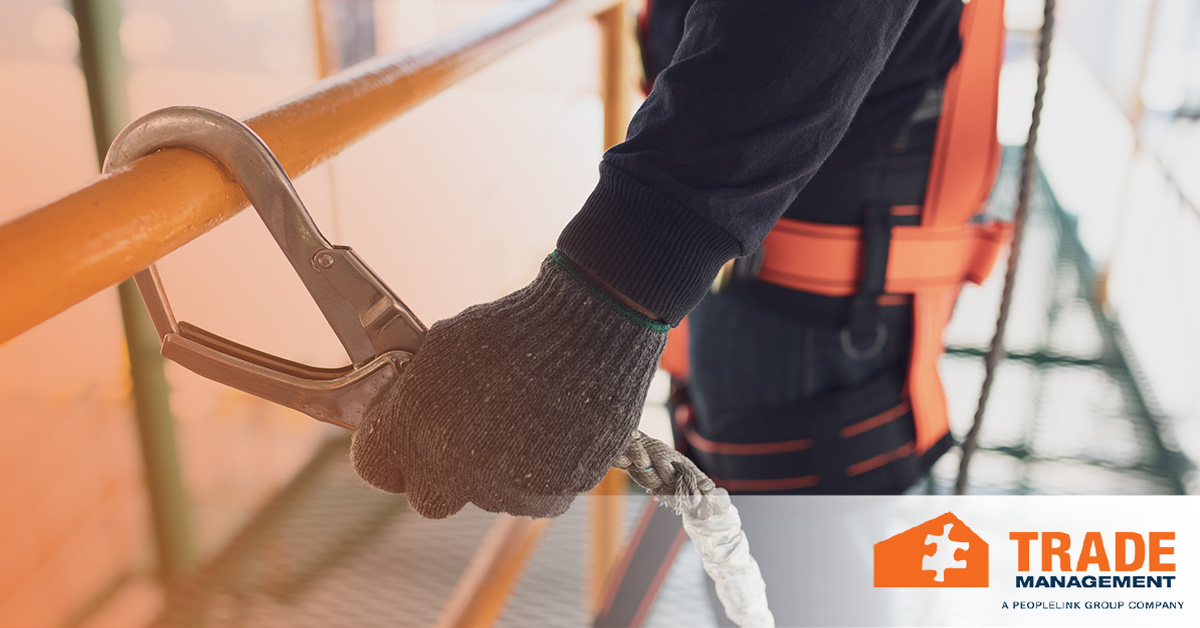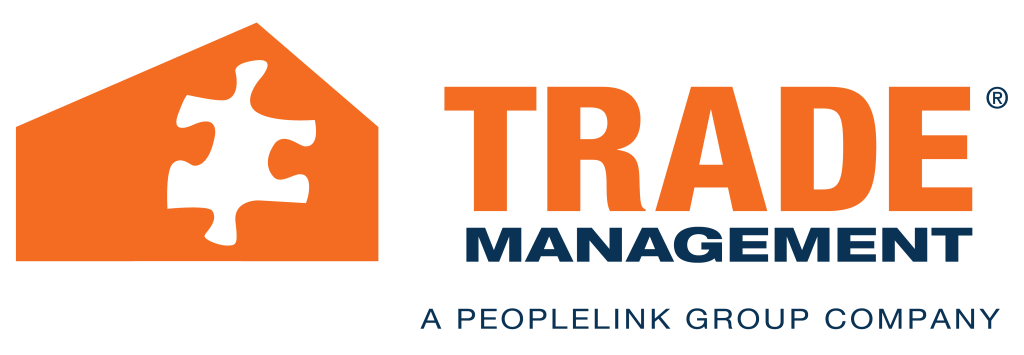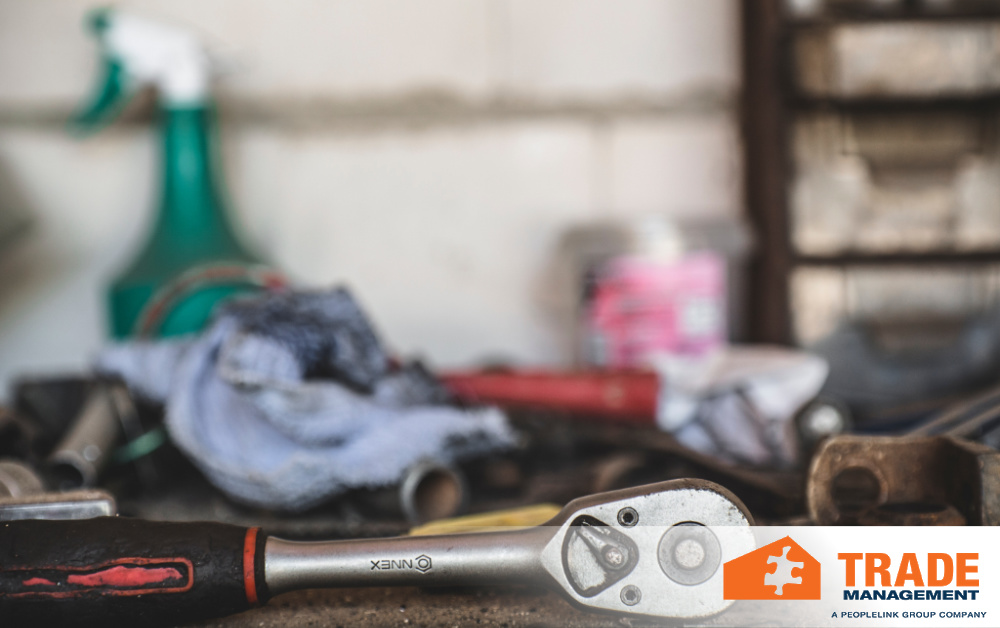
Did you know that June is National Safety Month? Safety is so important for your construction employees that an entire month is dedicated to increasing awareness of the issue.
Working construction in Summer increases the need for additional safety measures. More sunshine, heat, and humidity means you need to take additional precautions to protect your employees.
Implement the following tips to increase safety for your construction employees during hot weather.
Guard Against Heat Exhaustion
Heat exhaustion is caused by the body becoming overheated to the point where it cannot cool itself down. This can turn into heat stroke if left untreated.
Symptoms of heat exhaustion include the following:
- Intense sweating
- A rapid or weak pulse
- Low blood pressure
- Cool skin with goosebumps despite the heat
- Muscle cramps
- Nausea
- Headaches
- Fatigue, dizziness, or fainting
Protect Against Heat Stroke
Heat stroke can occur when the body is exposed to excessively high temperatures for an extended time. The body’s natural temperature regulating mechanisms fail, causing a fever and the potential to lose consciousness.
Symptoms of heat stroke include the following:
- A core temperature of 104 degrees Fahrenheit or higher
- Change in sweating patterns
- Rapid heartbeat
- Headache
- Red skin
- Confusion, agitation, slurred speech, or delirium
- Nausea or vomiting
If left untreated, heat stroke can lead to muscle, kidney, heart, or brain damage or death.
Monitor Your Employees’ Work Schedule
Try to avoid having your employees work during the hottest hours of the day. For instance, have your employees begin work earlier in the morning, before the sun has had time to increase the temperature. This can reduce the time spent working outside during the midday heat. Also, if parts of the job require indoor work, consider having your employees work inside during the hottest hours and outside when the temperature is less extreme.
Provide Regular Breaks
Ensure your employees take frequent breaks. Continuous engagement in demanding work increases the odds of your employees becoming injured or ill. This is why they need additional breaks as the day gets hotter.
Remind your employees to sit down in the shade during breaks. If there are no trees or other natural sources of shade, you may need to put up tents, awnings, or other items to create shade.
Provide Water
Remind your employees to drink lots of water throughout the day. Staying hydrated in the heat is vital for your employees’ health.
You may want to make available large coolers packed with ice and water. Also, ensure your employees are drinking water at least once every 15 minutes throughout the day. This applies even when employees don’t feel thirsty. Regular hydration promotes proper sweating to regulate the body’s core temperature.
Want to Add to Your Construction Team?
Trade Management has the construction workers you need to complete projects. Contact us to learn more today.

